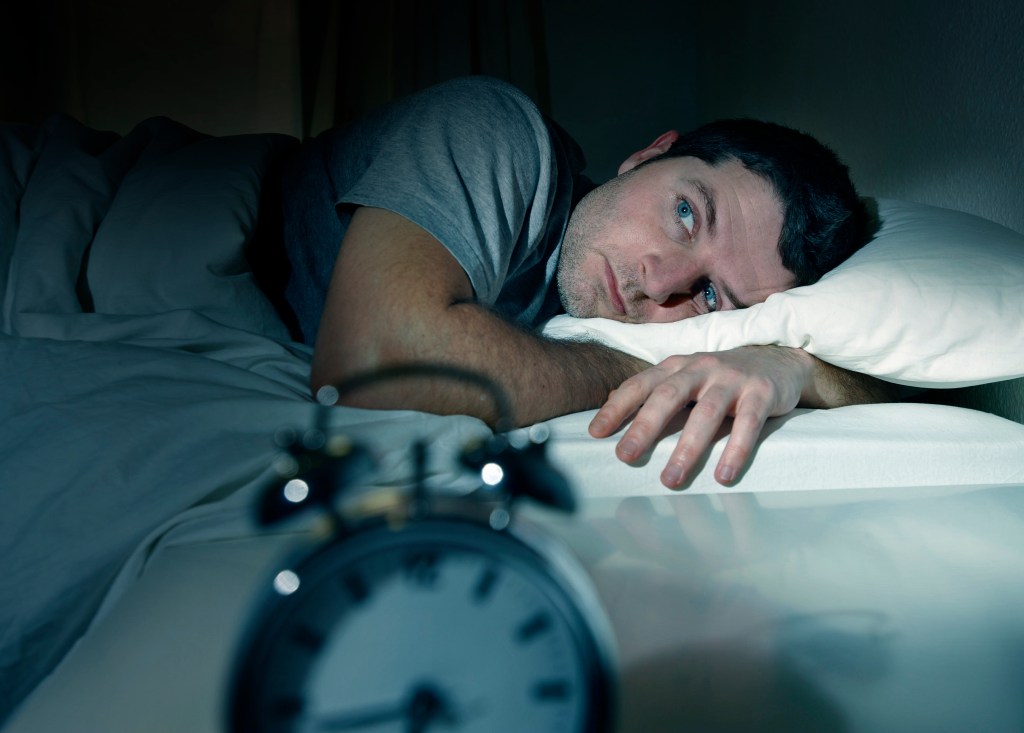In 1982, retiree Donald Dorff was the first person to be diagnosed with a sleep disorder that, unbeknownst to him at the time, would unlock monumental breakthroughs in research for dementia and Parkinson’s.
The disorder in question, “rapid eye movement sleep behavior disorder” or RBD, caused Dorff to engage in violent movement while asleep. He was able to inflict harm on himself during REM sleep, a period when the body is supposed to be paralyzed while dreaming.
“Limb jerking, twitching, throwing out your arm, throwing punches, kicking, sitting up, standing, jumping out of bed and running. Those behaviors are very typical with RBD,” Dr. Carlos Schenck, a professor and psychiatrist at the University of Minnesota’s Hennepin County Medical Center, told CNN.

Schenck also treated and researched Dorff’s disorder while he was based in Minneapolis and working at the Minnesota Regional Sleep Disorders Center at the time, publishing the first paper about RBD in 1986 as they observed similar behavior in multiple patients.
On the surface, it seemed to merely be a sleep disorder, but, as researchers later discovered, it proved to be a “canary in the mine” for other cognitive conditions, like Parkinson’s and dementia.
“Losing the paralysis of REM sleep that is the basis of RBD is the earliest and strongest predictor of a later diagnosis of Parkinson’s disease and dementia with Lewy body,” Schenck explained.
Parkinson’s can inflict damage to the brain steam, which can then impact the body’s ability to stay still while dreaming at night. Hallucinations are also common in patients with the neurodegenerative disorder, and can also occur in those with RBD.
Because there are not ways to slow the progression of conditions like Parkinson’s, dementia or similar neurological disorders, researchers are hoping to find answers by studying RBD, which “could be the first sign of a neurodegenerative disorder.”

Now, there’s a clinical trial being conducted at nine centers around the nation, dubbed the North American Prodromal Synucleinopathy Consortium, that is searching for RBD treatments and a way to slow down its development.
Currently, practitioners treat RBD with medications like melatonin or clonazepam, the latter of which treats seizures and relaxes muscles, and one or a combination of both works a majority of the time, according to Schenck.
“We know the mechanism for RBD very well, and we know how to treat it,” said Schenck, who urged anyone over 50 with sudden, unusual sleepwalking or sleep talking symptoms to see a doctor.
“The next step is to slow down or halt the progression to Parkinson’s disease and dementia with Lewy bodies.”














